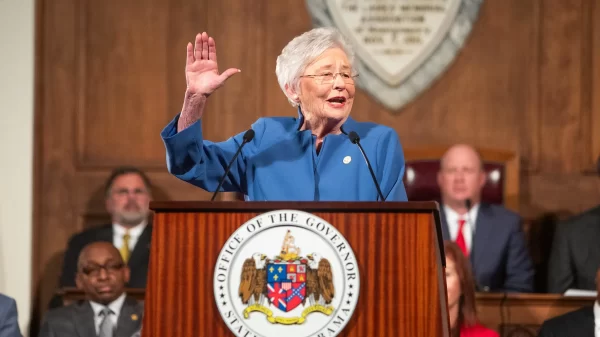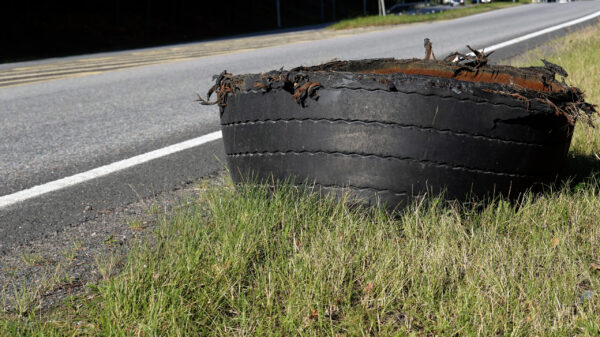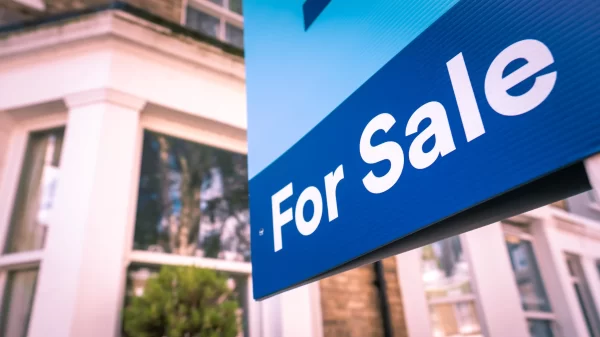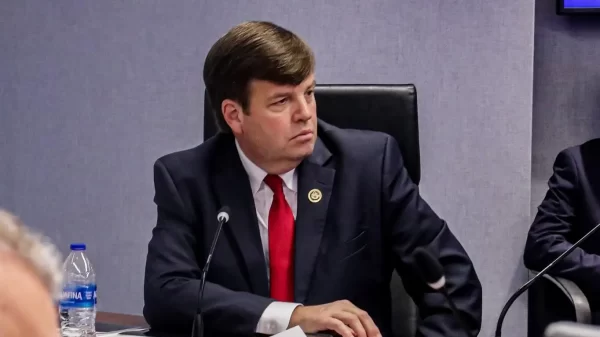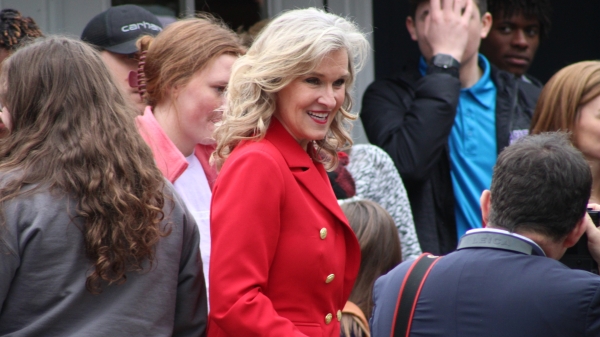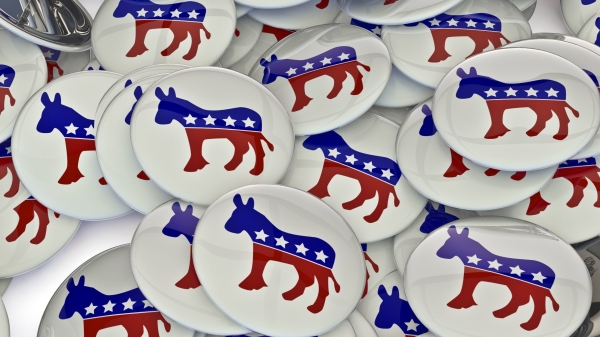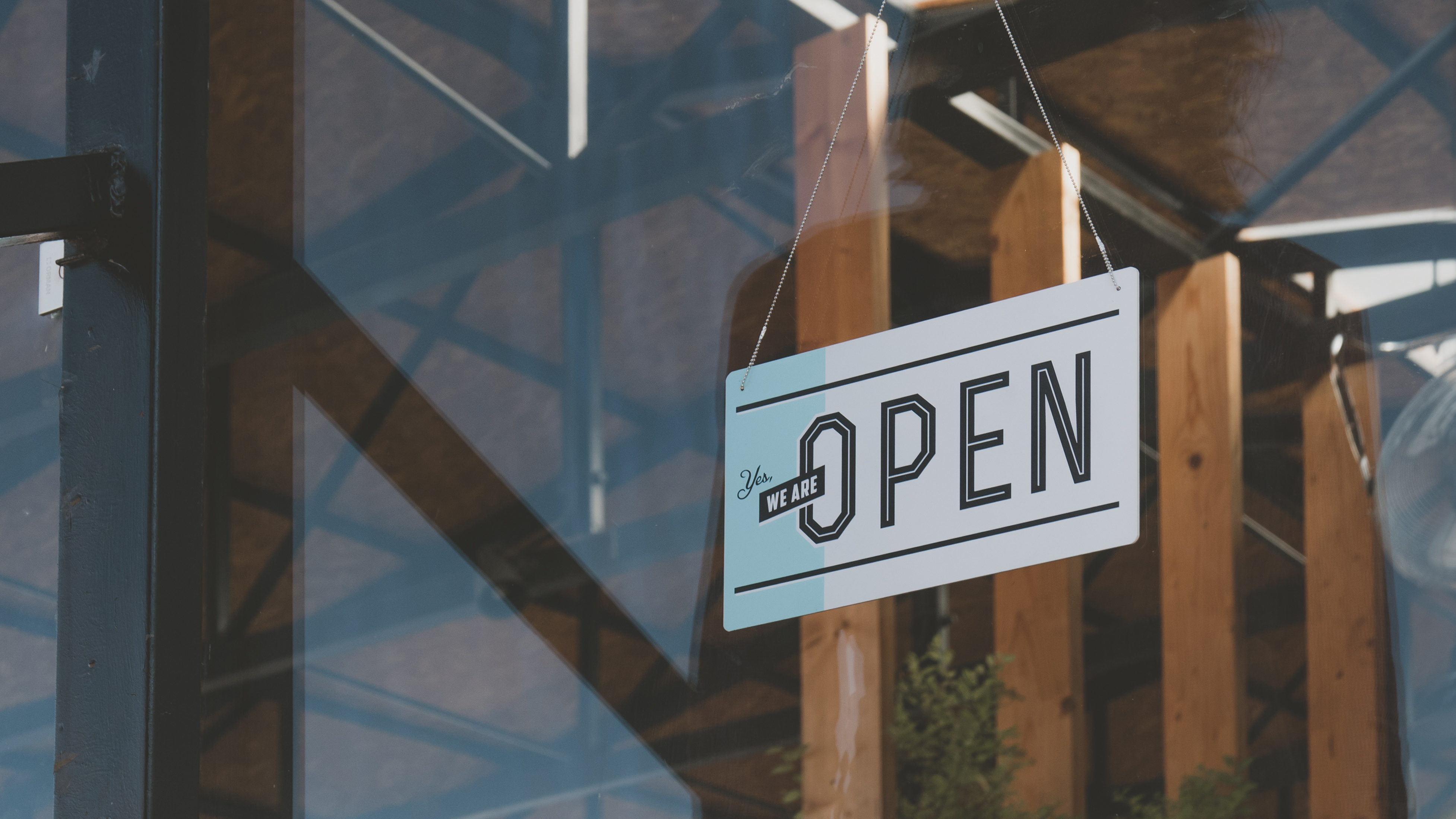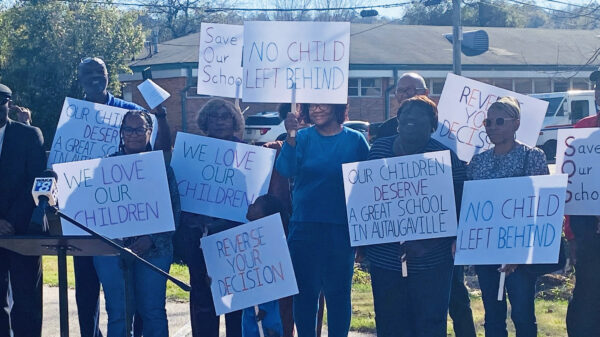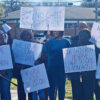The NFIB Small Business Optimism Index rose 2.4 points in March to 98.2. March’s reading is the first return to the average historical reading since last November. The NFIB Uncertainty Index increased six points to 81, which was primarily driven by owners being more uncertain about whether it is a good time to expand their business and make capital expenditures in the coming months.
“Main Street is doing better as state and local restrictions are eased, but finding qualified labor is a critical issue for small businesses nationwide,” said NFIB chief economist Bill Dunkelberg. “Small business owners are competing with the pandemic and increased unemployment benefits that are keeping some workers out of the labor force. However, owners remain determined to hire workers and grow their business.”
State-specific data isn’t available, but NFIB state director Rosemary Elebash said: “Our Alabama members say they continue to struggle to find qualified workers. Our hope is that people will take advantage of the Alabama Community College System’s short-term certificate program to get the training they need for the jobs that are out there.”
Key findings include:
- Seven of the 10 Index components improved and three declined.
- Sales expectations over the next three months improved eight points to a net 0 percent of owners, a historically low level.
- Earnings trends over the past three months declined four points to a net negative 15 percent.
As reported in NFIB’s monthly jobs report, 42 percent of owners reported job openings that could not be filled, a record high reading. Owners continue to have difficulty finding qualified workers to fill jobs as they compete with increased unemployment benefits and the pandemic keeping some workers out of the labor force.
A net 28 percent of owners reported raising compensation (up three points) and the highest level in the past 12 months. A net 17 percent plan to raise compensation in the next three months, down two points.
Seven percent of owners cited labor costs as their top business problem, and 24 percent said that labor quality was their top business problem. Finding eligible workers to fill open positions will become increasingly difficult for small business owners.
Fifty-nine percent of owners reported capital outlays in the next six months, up two points from February. Of those making expenditures, 41 percent reported spending on new equipment, 26 percent acquired vehicles and 14 percent improved or expanded facilities. Six percent acquired new buildings or land for expansion, and 11 percent spent money on new fixtures and furniture.
Twenty percent of owners plan capital outlays in the next few months, down three points from February. Owners are not planning on investing in their businesses as expected future sales and business conditions remain below average.
A net negative 6 percent of all owners (seasonally adjusted) reported higher nominal sales in the past three months, down eight points from February. The net percent of owners expecting higher real sales volumes improved eight points to a net negative 0 percent.
The net percent of owners reporting inventory increases decreased two points to a net negative 5 percent. A net 3 percent of owners view current inventory stocks as “too low” in March, down two points but remaining at historically high levels. A net 4 percent of owners plan inventory investment in the coming months, up two points from February.
The net percent of owners raising average selling prices increased one point to a net 26 percent (seasonally adjusted). Eight percent of owners reported lower average selling prices and 36 percent reported higher average prices. Price hikes were the most frequent in wholesale (65 percent higher, 5 percent lower) and retail (48 percent higher, 5 percent lower). A net 34 percent (seasonally adjusted) plan price hikes.
The frequency of reports of positive profit trends declined four points to a net negative 15 percent reporting quarter on quarter profit improvements. Sales have not yet improved enough for owners to report higher earnings.
Among those owners reporting lower profits, 46 percent blamed weaker sales, 15 percent cited the usual seasonal change, 10 percent cited a higher cost of materials, 5 percent cited labor costs, 5 percent cited lower prices, and 4 percent cited higher taxes or regulatory costs. For owners reporting higher profits, 68 percent credited sales volumes, 12 percent cited usual seasonal change, and 7 percent cited higher prices.
Two percent of owners reported that all of their borrowing needs were not satisfied. Twenty-seven percent reported all credit needs were met and 59 percent said they were not interested in a loan. A net 1 percent reported that their last loan was harder to get than in previous attempts. One percent of owners reported that financing was their top business problem. The net percent of owners reporting paying a higher rate on their most recent loan was 0 percent, up two points from February.










